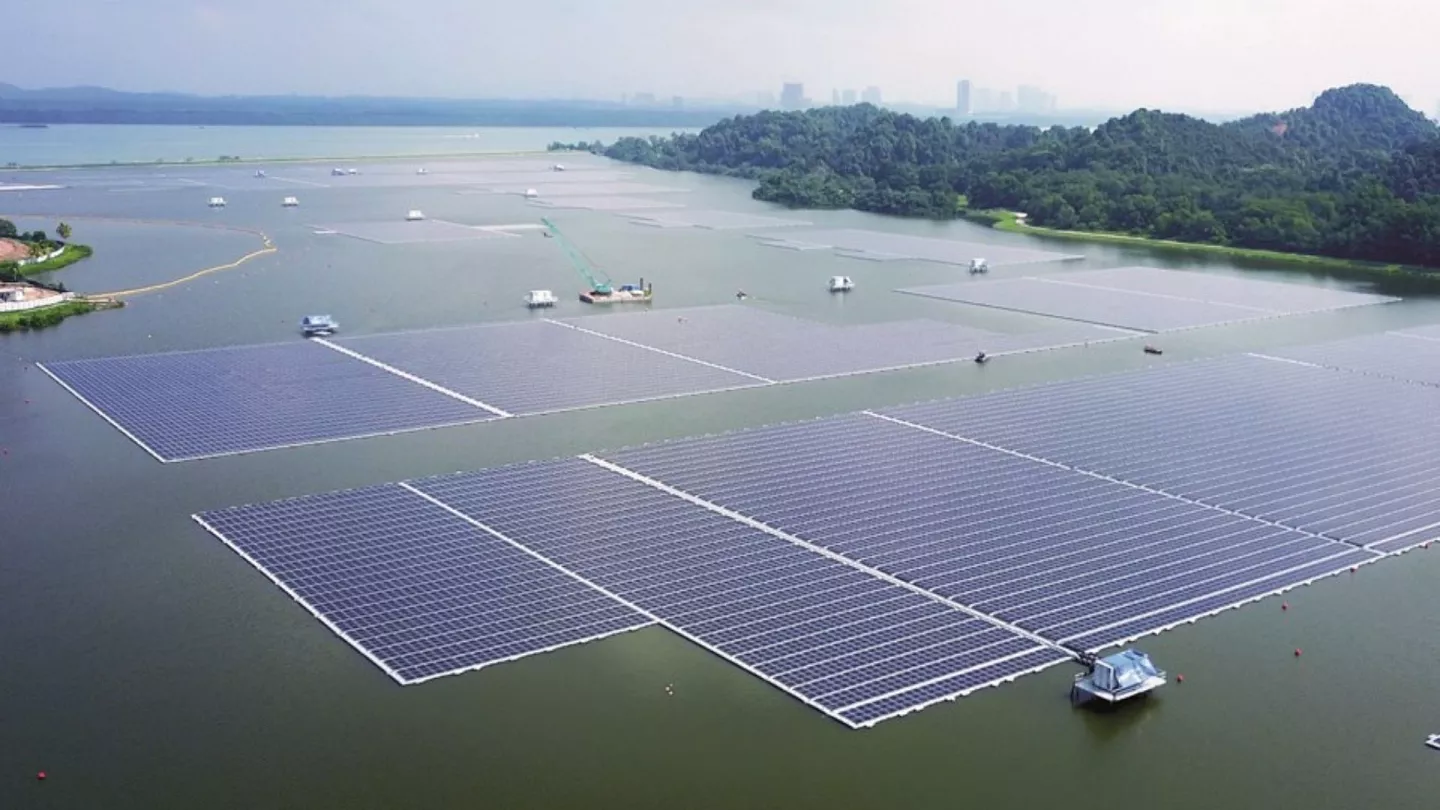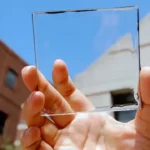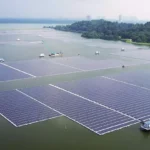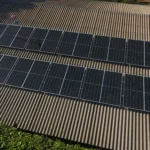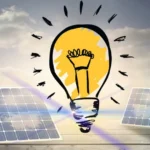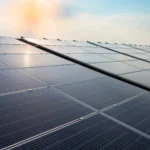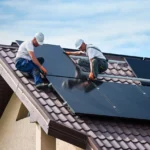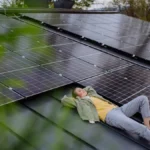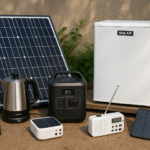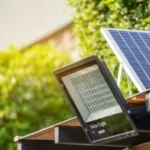Have you ever wondered if the future of solar energy is limited to rooftops and desert fields, or if there are smarter, more space-efficient ways to generate clean power? The answer is already floating on water. Floating solar farms are emerging as one of the most innovative clean energy solutions, and they could transform how homeowners and businesses think about solar adoption.
But whether your interest is in rooftop panels, EV charging, or advanced solar farms on reservoirs, the truth is the same: solar is not “set it and forget it.” Like any investment, it requires care, upgrades, and some insider knowledge.
This guide combines industry insights, real homeowner experiences, and proven best practices to help you maximize your solar setup, whether you are considering a small residential installation or exploring global innovations like floating solar.
What Are Floating Solar Farms?
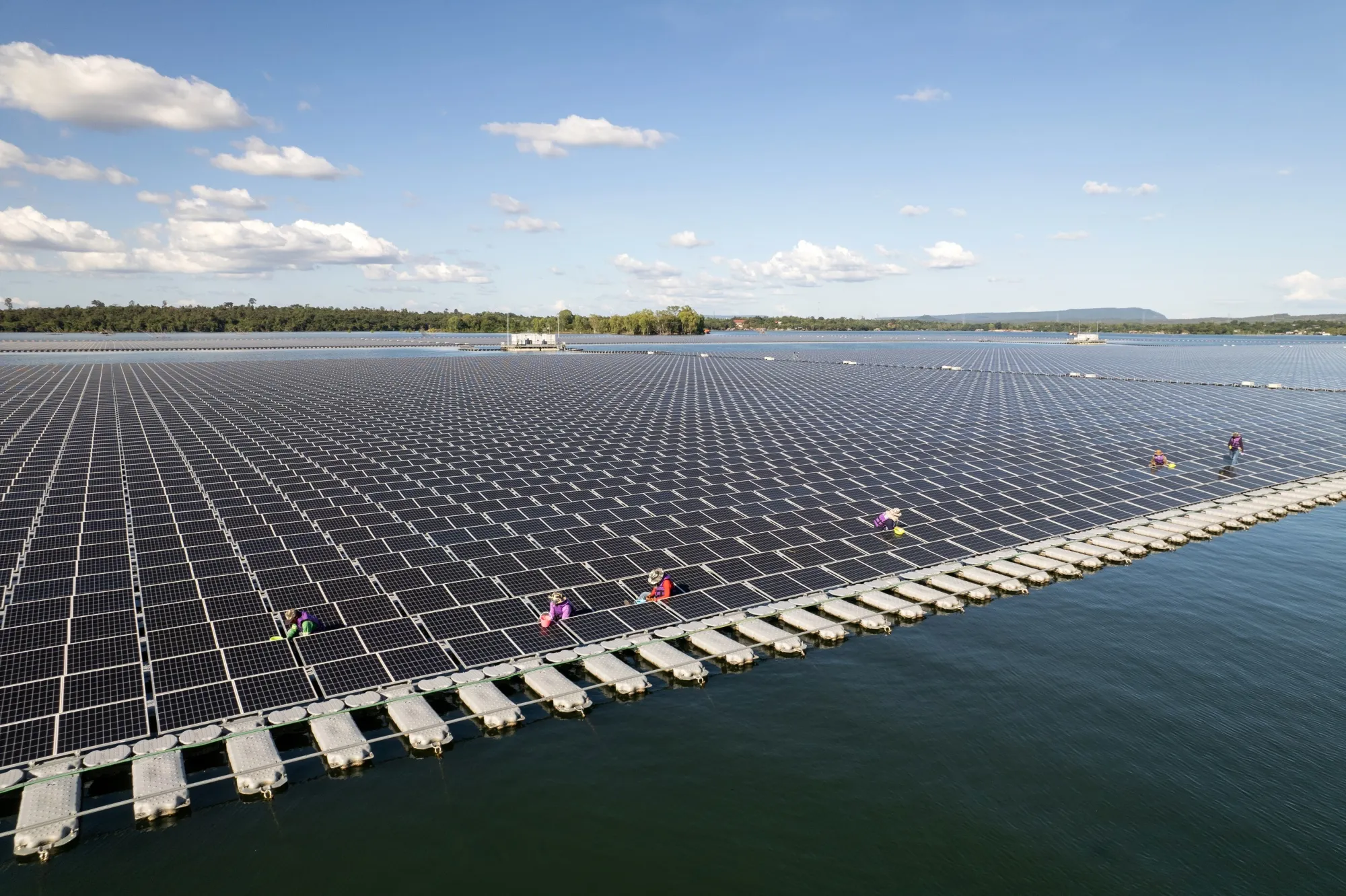
Floating solar farms, also called “floatovoltaics,” are large arrays of solar panels mounted on buoyant platforms that sit on lakes, reservoirs, or other calm water surfaces. Instead of covering valuable land, these systems generate clean energy from unused water bodies.
According to the National Renewable Energy Laboratory (NREL), floating solar could generate nearly 10% of U.S. electricity if deployed widely on man-made reservoirs. That is massive potential, especially in regions where land is scarce or expensive.
Why They Matter for Homeowners
Even if you are not installing a floating solar system yourself, this technology has ripple effects:
- Lower land-use competition: Instead of covering farmland or forests, floating solar preserves space.
- Efficiency boost: Water naturally cools panels, increasing performance by up to 10–15%.
- Reduced evaporation: Covering reservoirs cuts water loss, an added benefit in drought-prone regions.
For homeowners, it is a sign of where solar innovation is heading. And just like these farms need care, so does your home system.
Rooftop Solar vs. Floating Farms: Lessons for Your Home
The rise of floating solar teaches us two things every homeowner should know:
- The environment impacts performance. Just as water cooling helps floating farms, rooftop panels can lose efficiency if they overheat or get dirty. A dusty rooftop in Arizona might lose up to 20% output without regular cleaning.
- Maintenance is non-negotiable. Both land and water-based systems degrade without upkeep. If you own panels, treat them like your car: clean, check, and tune them up.
Homeowner’s Story: Why Cleaning Matters
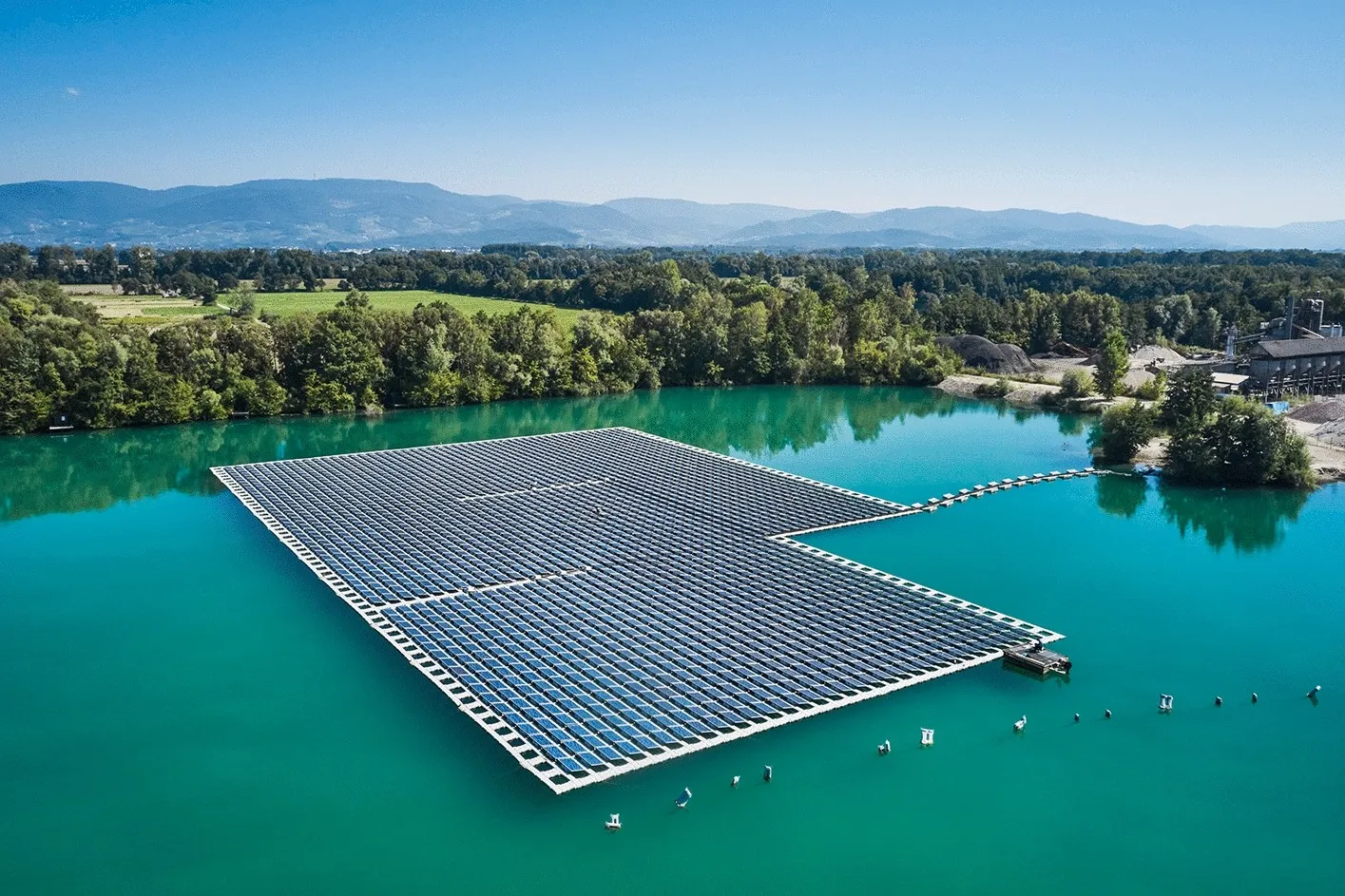
Last year, I worked with a family in Southern California who noticed their utility savings shrinking. Their 6 kW rooftop system was underperforming. The culprit? A fine layer of desert dust and pollen. After a professional wash, their system regained nearly 18% of its lost output, the difference between breaking even and paying out-of-pocket.
Takeaway: If you have not cleaned your panels in 3–6 months, you may already be losing double-digit efficiency.
EV Charging with Solar: Smarter Choices
One of the most exciting perks of solar ownership today is charging an electric vehicle (EV) directly from your roof. Imagine driving in sunshine. That is not marketing hype; it is real.
What to Look for in a Solar EV Charger
- Load balancing: Prevents tripping circuits by smartly adjusting charging speed.
- Integration with solar production: Some chargers sync with your inverter, pulling power when your panels peak.
- Future-proofing: If you are buying a Level 2 charger (240V), make sure it supports at least 40 amps for upcoming EVs.
A client of mine in Denver recently upgraded to a solar-aware charger. He told me, “It is like my house and car are finally talking to each other. I charge guilt-free knowing it is all solar-powered.”
Smart Inverter Troubleshooting: When Your System Misbehaves
![]()
Inverters are the brains of your solar system, converting DC from panels to usable AC power. But like any smart device, they can act up. Here is a simple homeowner checklist before calling your installer:
- Check the error code. Most modern inverters display a fault message. Look it up in the manual.
- Inspect breakers. Tripped circuits are often the culprit.
- Check connectivity. If you use a monitoring app, ensure Wi-Fi has not dropped.
- Reboot safely. Turn off the inverter, wait 5 minutes, then restart.
If none of these work, call your installer. A failing inverter can cost $1,000–$2,500 to replace, but many are covered under 10–12 year warranties.
Solar Batteries: Care Tips for Longevity
With more homeowners adding batteries, it is critical to maintain them properly. A lithium-ion solar battery (like Tesla Powerwall or LG Chem) typically lasts 10–15 years, but misuse can shorten its life.
Best Practices:
- Avoid frequent 0–100% cycles. Shallow cycling extends lifespan.
- Keep units in cool, dry spaces. Heat accelerates degradation.
- Update firmware. Yes, batteries get software updates too.
Think of it like your smartphone. It works best when charged smartly, not abused.
Off-Grid Living: Is It Realistic?
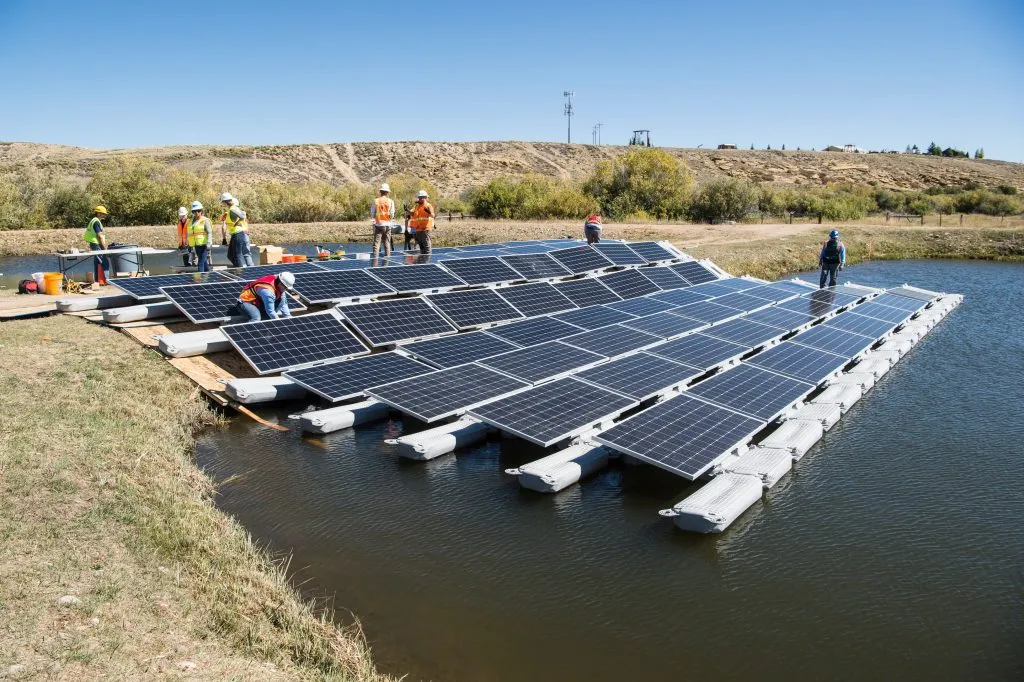
Some eco-conscious homeowners dream of cutting the cord completely. While off-grid setups with solar and batteries are possible, they come with trade-offs.
- Pros: Independence, resilience, no utility bills.
- Cons: High upfront cost (often $30k+), risk of outages if storage is undersized.
For most people, a grid-tied system with backup storage is the sweet spot. Lower cost, reliable, and still provides energy security.
Solar Cars: Still in the Concept Phase
You may have seen headlines about solar-powered cars. While exciting, today’s reality is limited. A typical car roof might fit 300–400W of panels, enough for about 2 miles of range per hour in sunlight. Not a replacement for EV charging, but promising as efficiency improves.
Floating solar farms face similar skepticism. They seemed impractical a decade ago but are now scaling globally. Solar cars may follow the same curve.
ROI and Long-Term Savings: The Honest Breakdown
The ROI of solar varies by location, incentives, and electricity rates. On average:
- Payback period: 6–9 years
- System life: 25+ years
- Savings: $20,000–$60,000 over lifetime
But remember: maintenance, cleaning, and inverter replacement can add costs. Factor those in for a realistic picture.
The Role of Floating Solar in Future Grids
While rooftop and small business systems grow steadily, floating solar farms are already reshaping utility-scale planning. For example:
- Japan built one of the world’s largest floating solar plants on the Yamakura Dam reservoir.
- California is piloting floating systems to offset evaporation in drought-prone water basins.
- India is targeting gigawatts of floating capacity by 2030.
For homeowners, this means more renewable generation on the grid, which stabilizes electricity prices and makes your own solar investment even more valuable.
Maintenance Checklist for Homeowners
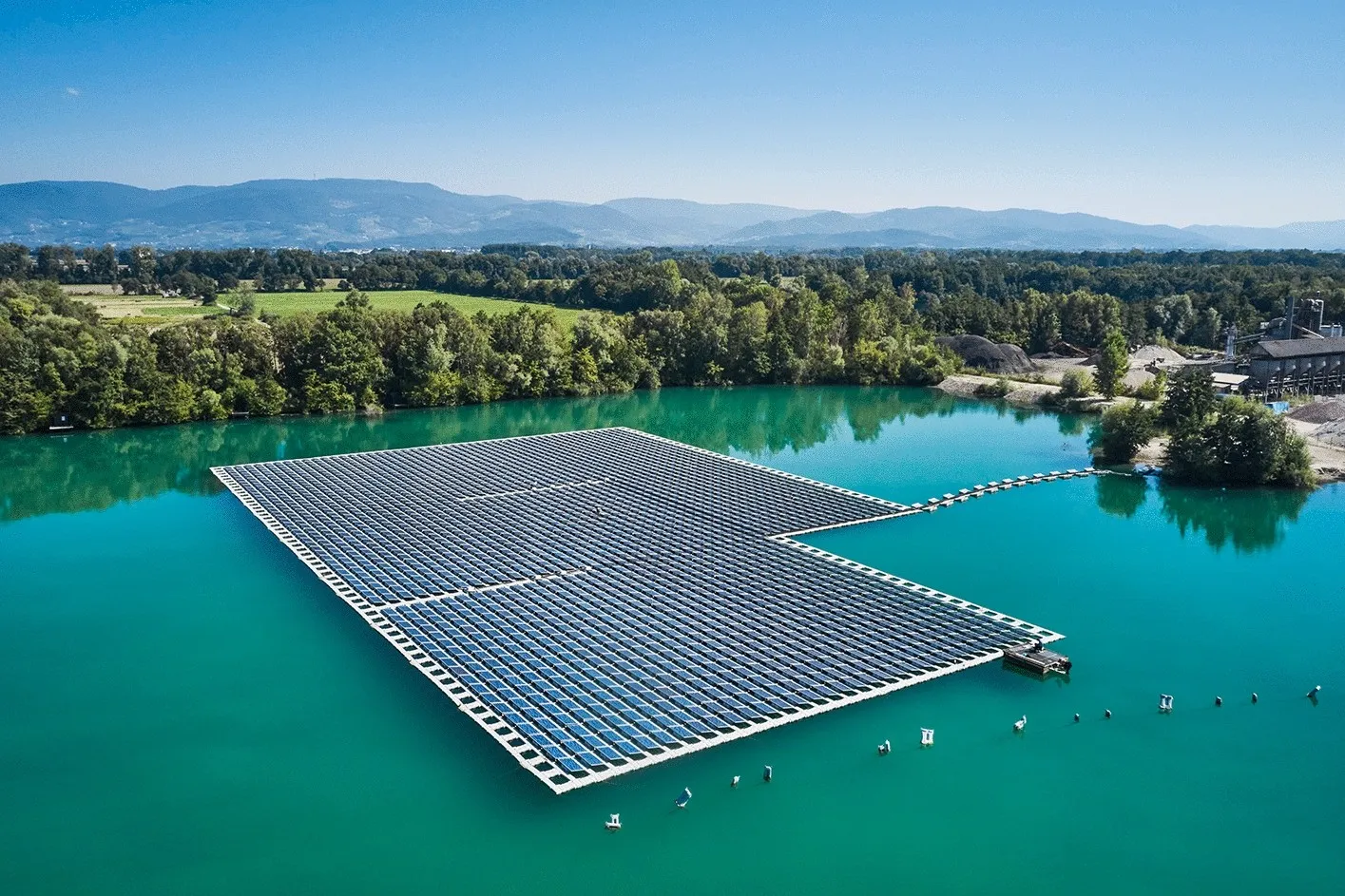
Here is a quick DIY guide to keeping your system healthy:
- Inspect panels for dirt, bird droppings, or shading every 3 months
- Check the inverter display weekly for error codes
- Clean panels with soft water and brush (or hire pros if the roof is unsafe)
- Review the monitoring app monthly to track performance
- Schedule a professional inspection every 2–3 years
From Rooftops to Reservoirs, the Solar Future
Floating solar farms may not be in your backyard, but they represent the next wave of solar efficiency and sustainability. As a homeowner, the lessons apply directly: environment matters, maintenance is critical, and technology keeps evolving.
If you already own a solar system, do not leave performance on the table. And if you are considering one, remember that it is not just about panels, but about the ecosystem of inverters, batteries, and chargers that make solar work for your lifestyle.
If your panels have not been cleaned in over 3 months, you could be losing 10–20% of your energy output. Book a system checkup today and start maximizing your solar investment.

